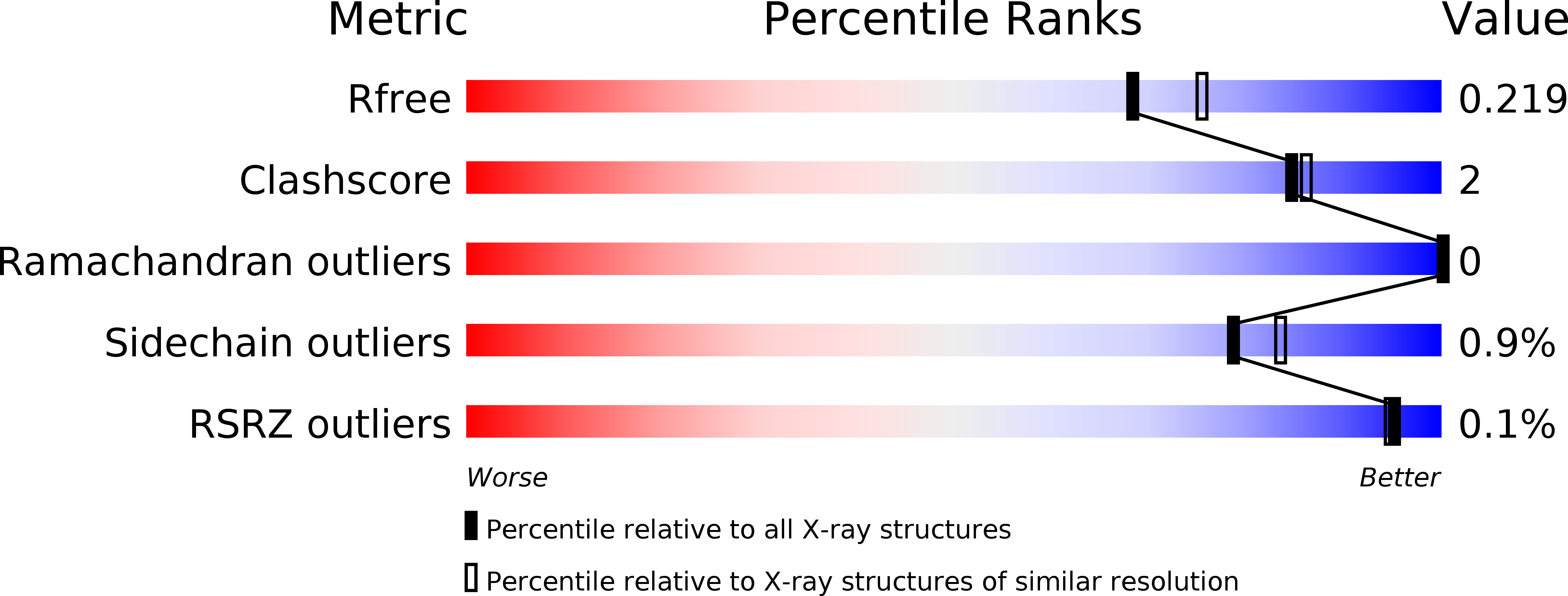
Deposition Date
2018-06-28
Release Date
2018-10-17
Last Version Date
2024-11-20
Entry Detail
PDB ID:
6DXA
Keywords:
Title:
Crystal structure of chalcone synthase from Pinus sylvestris
Biological Source:
Source Organism:
Pinus sylvestris (Taxon ID: 3349)
Host Organism:
Method Details:
Experimental Method:
Resolution:
2.01 Å
R-Value Free:
0.21
R-Value Work:
0.15
R-Value Observed:
0.16
Space Group:
P 1 21 1


